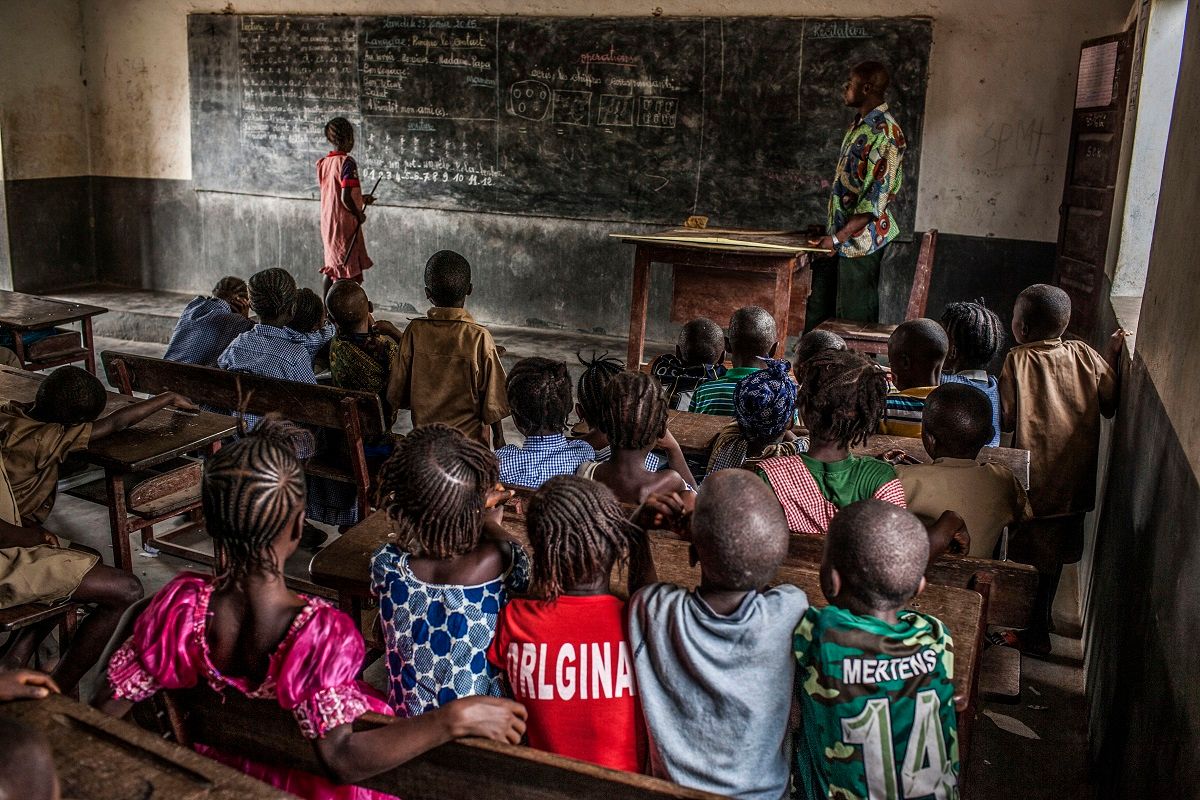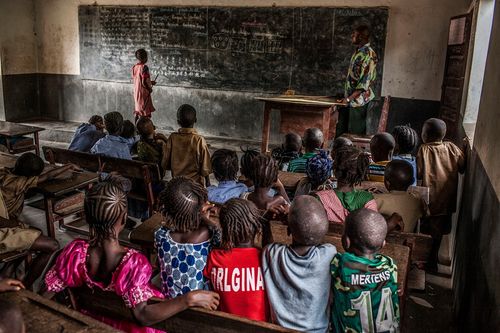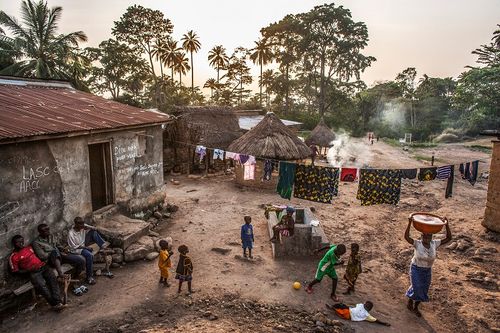
How a photo helped Napoli's Dries Mertens reach a fan in Guinea, the ground zero of Ebola

The outbreak of Ebola was first reported by the World Health Organization in March 2014, and it was Guinea, a Western African nation, where a two-year-old boy named Emile Ouamouno was identified as the patient zero of this rapidly spreading disease. It was said that he might have contracted the disease while playing near a hollow tree which was home to several bats – which were believed to be hosting the virus. A year later, as of 31st March 2015, 10,460 people have succumbed to death in the whole of Western Africa.
The numbers are quite fairly an oversimplification of how fatal this outbreak has turned out to be for the nations who have been affected as it hardly reflects the what they are really going through. Maybe the disease has somewhat subsided lately, but the after effects of this pandemic continues to linger on. The state of paranoia had crippled the economy. Consequently, Guinea, including several other nations, suffered a major crisis of food shortage with no money to put on the table and the crops being spoilt because there were just no distributors with all the quarantines and communication limitations placed on them.
Their condition might not have been ideal, but their spirits are still lifted as Pete Muller, a photojournalist based in Nairobi, Kenya writes. The picture above was captured by Muller, who was in Meliandou, Guinea for his coverage of Ebola for the National Geographic and had inspired Napoli forward Dries Mertens to send aid to the country that continues to suffer.
The picture has a little kid, sitting on the right corner of the bench while paying attention to his French class teacher. It was one of Mertens' Napoli jerseys from last season, the camouflage-patterned third kit, that the kid was wearing, and it grabbed the Belgian international's attention after the picture was posted on NatGeo’s Instagram account.
Mertens made first contact with Muller via twitter with an initial intention of sending over a few jerseys to those kids. However, Mertens is now looking forward to a project which is much larger in scale.
An extract from Pete Muller’s own record on NatGeo’s official website
“Despite the current hardship, the adults of Meliandou still allocate the necessary funds for their children to attend school. So many do this, in fact, that the benches of Meliandou’s three-room schoolhouse are crowded beyond capacity.”
“Young students squeezed tightly together during a French lesson when I made the picture that caught Mertens’s attention. A child at the head of the class led the recitation and the students enthusiastically followed.”

“He (Mertens) was struck at seeing one of the young boys in the photo wearing a t-shirt with his name and number on the back. So Mertens reached out to me on Twitter to find the boy. He initially wanted to send him his new jersey. On Friday, we connected with Mertens’s agent, Sam Kerkhofs, and now they hope to do much more to help the community.”
“When Mertens reached out to find the student in that photograph, my photo editor Kurt Mutchler and I were happy to help. While Mertens and his sponsors intend to provide jerseys and balls to the children of Meliandou, we are also in discussions regarding the best way to help the students and villagers in a more sustainable way. Thank you Dries Mertens for your big heart.”
There has been a drop in the number of patients being diagnosed with Ebola recently, adding to the number of treated patients with the increasing number of Ebola treatment centers with researchers coming forward with vaccines.